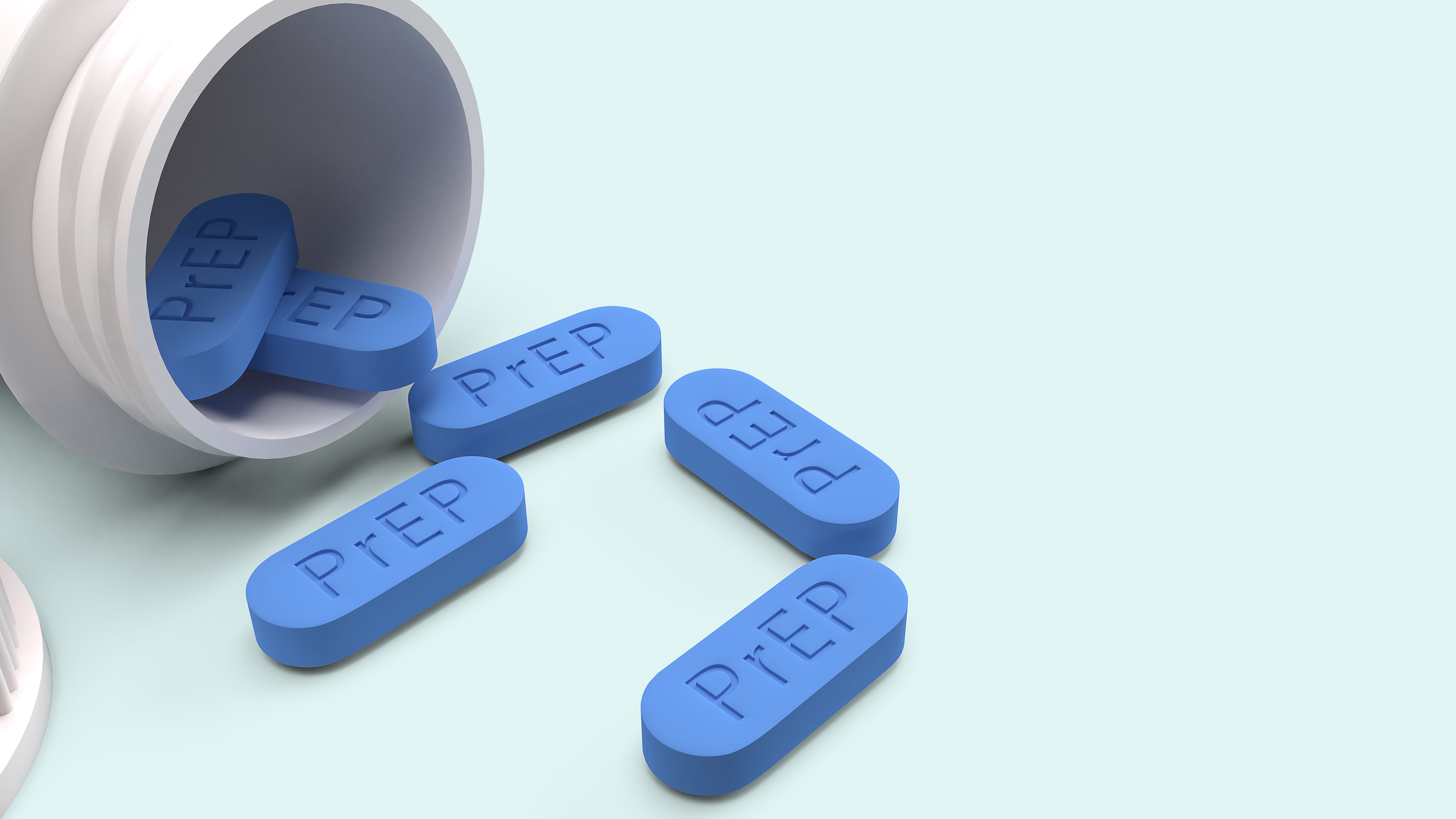Article
The Role of Pharmacists in Prescribing HIV Pre-Exposure Prophylaxis
Author(s):
Implementing PrEP in retail community pharmacies increases patient accessibility but may be difficult to incorporate without modifying workflow.
The FDA approved emtricitabine/tenofovir disoproxil fumarate (Truvada) in 2012 and emtricitabine/tenofovir alafenamide (Descovy) in 2019 for HIV pre-exposure prophylaxis (PrEP). However, in the United States, only 15% of people who may benefit from PrEP take the medication.
Physician-pharmacist collaboration gives pharmacists the ability to prescribe PrEP. Credit: niphon subsri/EyeEm - stock.adobe.com

Factors attributed to PrEP underutilization include geographic limitations, stigma, and limited health care capacity. Research indicates an unmet need for HIV prevention in ethnic minorities, young adults, and women.
As nearly 90% of Americans live within 5 miles of a community pharmacy, pharmacists are readily accessible health care providers for most Americans. Pharmacists’ availability to the general population, pharmaceutical expertise, and expanding roles in managing medication therapy under collaborative practice agreements position pharmacists to improve PrEP access.
Researchers performed a systematic literature review to explore the role of pharmacists, pharmacy services, and interprofessional collaborations for people seeking PrEP in the United States. Four electronic databases (PubMed, Scopus, CINAHL, and Embase) were searched in February 2022 to find qualitative studies conducted after 2012.
The researchers summarized 5 studies that met inclusion criteria after screening 2461 studies. The studies examined different aspects of PrEP services, such as screening for PrEP, barriers and feasibility to access PrEP, accessibility via community pharmacy to PrEP, and interdisciplinary collaboration between health care providers to increase patient access to PrEP.
Convenience and accessibility largely affect PrEP promotion and uptake. All the studies highlighted the need for workflow implementation training and PrEP education. Implementing PrEP in retail community pharmacies increases patient accessibility but may be difficult to incorporate without modifying workflow.
Interprofessional collaboration is essential for the expansion of pharmacy-based PrEP services. Physician-pharmacist collaboration gives pharmacists the ability to prescribe PrEP.
Pharmacists must have a clear referral process to provide patients with treatment options for conditions identified during PrEP initiation that would otherwise be treated in a primary care setting. Patients with previous pharmacist interactions or history of taking PrEP were associated with having positive views toward pharmacists prescribing PrEP.
Workflow barriers include lack of time within the pharmacy, patient unawareness of PrEP services, obtaining necessary laboratory tests, and cost to the pharmacy. State legislation may hinder or prevent pharmacies from providing screening for PrEP.
Privacy and adequate staff training are obstacles to initiating PrEP services within the pharmacy. Creating a stigma-free environment requires training pharmacy staff on HIV prevention and how to interact with HIV-positive people. Privacy strategies such as private counseling spaces, pharmacy layout changes, and exercising professional judgment can help patients feel more comfortable.
For pharmacist continuing education, gaps exist in the knowledge about the use of PrEP to slow HIV transmission. Training on how to appropriately screen and counsel patients on HIV prevention is critical to implementing PrEP services. Educators must prepare pharmacy students with the knowledge and skills to identify patients and initiate PrEP when they begin practicing pharmacy.
Implementing successful PrEP services in the pharmacy should include training regarding PrEP screening, stigma reduction, privacy considerations, and PrEP dispensing. Future studies are needed to explore the perspectives of pharmacists, pharmacy technicians, and pharmacy students to understand motivations and hesitations regarding the offering of pharmacy-based PrEP services.
About the Author
Wendy La, PharmD, is a clinical pharmacist at a pharmacy benefits manager.
References
Cernasev A, Melton TC, Jasmin H, Barenie RE. A qualitative systematic literature review of the role of U.S. pharmacists in prescribing pre-exposure prophylaxis (PrEP). Pharmacy (Basel). 2023;11(1):9. Published 2023 Jan 5. doi:10.3390/pharmacy11010009.






